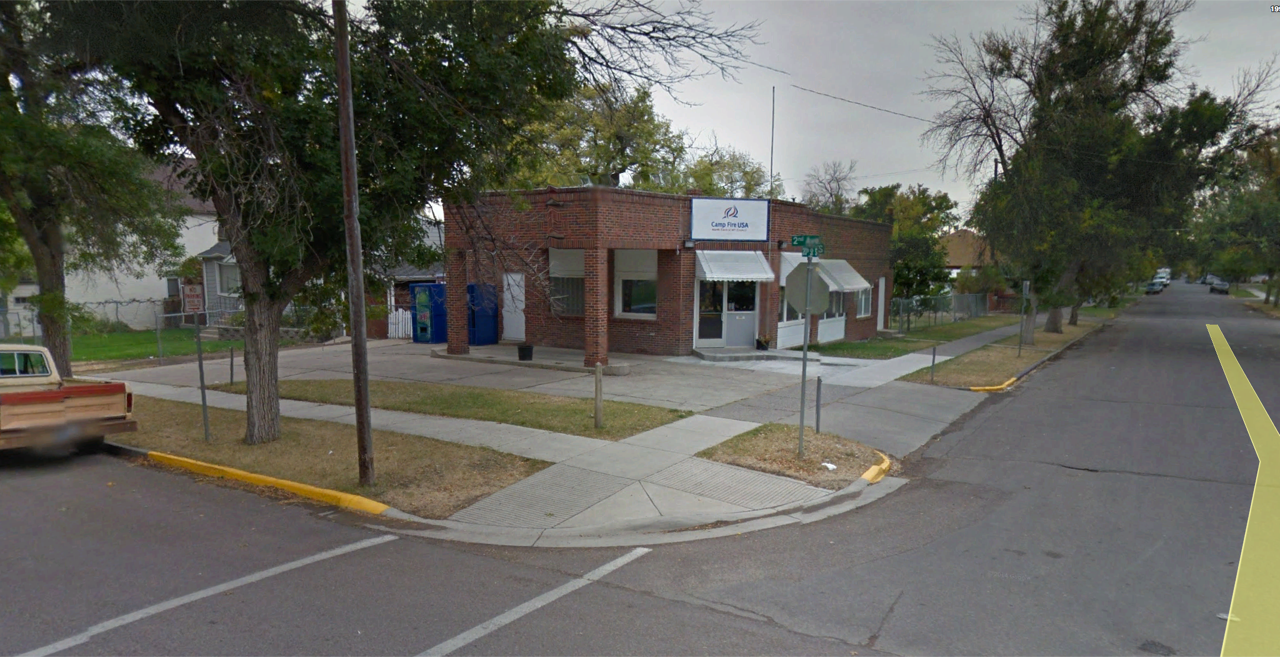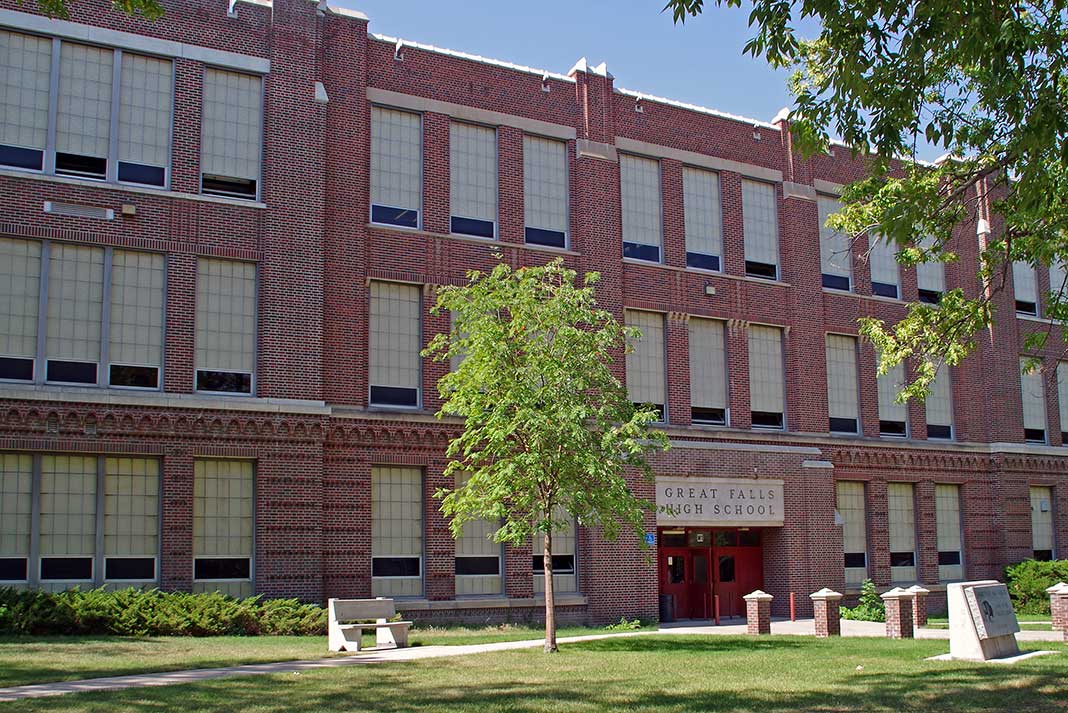At Monday night’s Great Falls Public School District School Board meeting the administration announced that they had moved forward with a plan to purchase the Campfire Girls building and property located at 1925 2nd Avenue South for $100K. The District administration will now demolish the historic building, excavate and remove the basement foundation and bring…
Category: GFPS
Looking A Gift Horse In The Mouth?
Would it be a smart idea to increase the CMR track improvements from a 6-lane track to an 8-lane track? The obvious answer is YES, and here is why. It is widely known that competitive track meets can not be hosted on 6-lane tracks. Most competition cracks now being built are 8-lane, or 9-lane tracks….
Final Piece To The Puzzle
In the first two installments in this trilogy I provided some missing pieces of the puzzling GFPS action concerning the award of the General Construction contracts for Giant Springs Elementary School and the CM Russell Additions. Some of you appreciated the information presented and some of you viewed the pieces as “sour grapes”. In any…
Great Falls Public Schools Alternative Procurement Through A Different Set Of Eyes
Phil Faccenda’s articles about Great Falls Public Schools building procurement procedures made me want to take a closer look. State law (Montana Code Annotated or MCA) dictates requirements for the use of alternative delivery project contracts. So I visited Great Falls Public Schools website and perused the documents I could find that are related to…
Missing A Few Pieces Of The Puzzle: Part Two
In the previous piece of this three-part series, Missing a Few Pieces of the Puzzle, we have shown that most of the $3M in architectural fees for the Great Falls High project will in fact be leaving Great Falls and Montana. We also shed some light on the unconventional selection of general contractors for the…
Missing A Few Pieces Of The Puzzle
Mr. Cahill’s recent piece, “Promises Made and Promises Kept” in response to a November 26, 2017 post, “Why is Great Falls Tax Money Leaving Great Falls?” accurate? Mr. Cahill’s explanation of the results of the Great Falls School District’s use of taxpayer’s dollars appears on the surface to be factual, but a few pieces of…
PROMISES MADE AND PROMISES KEPT
Phil Faccenda recently invited me to respond to a recent blog post on E-City Beat and subsequent comments regarding the selection of an architectural firm for the design of the Great Falls High School addition and renovation and a claim that because of that decision $37 million in taxpayer money left Great Falls. I am…
Happy New Year!
Here’s hoping everyone had a wonderful holiday season and wishing all a marvelous, prosperous 2018. We look forward to continuing our mission to publish great content about our city, state and region in the coming year. Stay tuned this week for a very interesting and informative piece written by Great Falls Public School District board…
Developer: Why Is Great Falls Tax Money Leaving Great Falls?
I’m a long-time resident of Great Falls and a developer. Like a lot of folks, I’ve invested a lot of time and money into seeing our community thrive — in particular, downtown Great Falls. As a commercial developer, I pay my share of taxes, and so I tend to pay attention to where our money…
Rob Quist Signs Popping Up On GFPS Owned Properties
Two weeks from today, Montana voters will choose a new Congressional representative. From the looks of things here in River City, our local school district — that’s right, Great Falls Public Schools — is putting its fingers on the scale for Democrat Rob Quist. In clear violations of the law, someone has placed Quist’s campaign…











